-
 Bitcoin
Bitcoin $116400
0.87% -
 Ethereum
Ethereum $3819
3.86% -
 XRP
XRP $3.048
1.62% -
 Tether USDt
Tether USDt $1.000
0.03% -
 BNB
BNB $777.2
0.60% -
 Solana
Solana $169.3
0.46% -
 USDC
USDC $0.0000
0.02% -
 TRON
TRON $0.3414
2.06% -
 Dogecoin
Dogecoin $0.2126
3.33% -
 Cardano
Cardano $0.7527
1.21% -
 Hyperliquid
Hyperliquid $38.86
1.02% -
 Sui
Sui $3.683
5.27% -
 Stellar
Stellar $0.4048
1.45% -
 Chainlink
Chainlink $17.91
6.62% -
 Bitcoin Cash
Bitcoin Cash $576.9
1.29% -
 Hedera
Hedera $0.2487
1.03% -
 Ethena USDe
Ethena USDe $1.001
-0.01% -
 Avalanche
Avalanche $22.46
1.07% -
 Litecoin
Litecoin $120.8
1.69% -
 UNUS SED LEO
UNUS SED LEO $8.963
-0.30% -
 Toncoin
Toncoin $3.301
2.33% -
 Shiba Inu
Shiba Inu $0.00001250
1.13% -
 Uniswap
Uniswap $10.06
3.45% -
 Polkadot
Polkadot $3.731
1.56% -
 Dai
Dai $1.000
0.01% -
 Bitget Token
Bitget Token $4.416
1.58% -
 Cronos
Cronos $0.1482
3.73% -
 Monero
Monero $250.0
-12.34% -
 Pepe
Pepe $0.00001075
2.16% -
 Aave
Aave $274.6
4.17%
What is a short position in crypto contracts?
A short position in crypto allows traders to profit from price declines using leveraged derivatives like perpetual futures on exchanges such as Binance or Bybit.
Aug 07, 2025 at 11:42 pm
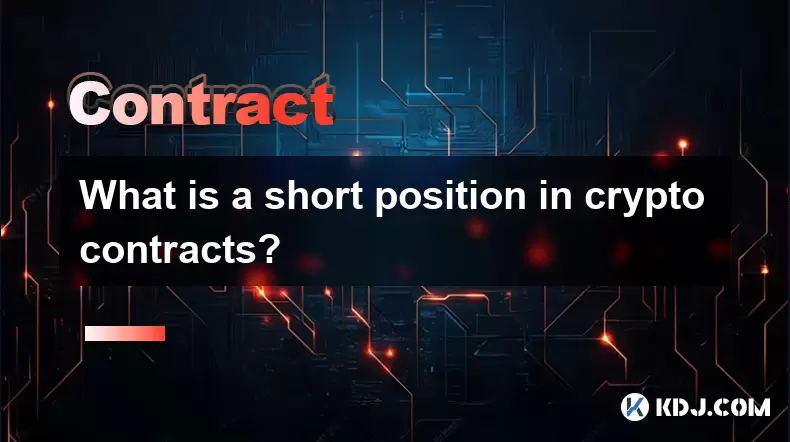
Understanding the Concept of a Short Position in Crypto Contracts
A short position in crypto contracts refers to a trading strategy where a trader profits from a decline in the price of a cryptocurrency. Instead of buying an asset in hopes that its value will rise, a short seller borrows the asset or enters into a derivative contract to sell it at the current market price, with the intention of buying it back later at a lower price. The difference between the selling price and the repurchase price represents the trader’s profit, minus fees and funding costs. This mechanism is enabled through perpetual futures contracts or inverse futures offered by crypto derivatives exchanges such as Binance, Bybit, or OKX.
Unlike spot trading, where ownership of the asset is required, shorting in crypto contracts involves leveraged derivatives. These contracts allow traders to open positions that are much larger than their initial capital, amplifying both potential gains and losses. The core idea behind shorting is speculation on downward price movement, often used during bear markets or when technical indicators suggest a reversal.
How to Open a Short Position on a Crypto Exchange
Opening a short position involves several precise steps on a derivatives exchange. These platforms provide user interfaces that support both isolated and cross margin modes, allowing traders to manage their risk exposure.
- Navigate to the derivatives or futures trading section of the exchange.
- Select the cryptocurrency pair you wish to short, such as BTC/USDT.
- Switch the order type to Sell or Short, depending on the platform’s interface.
- Choose your leverage level—common options range from 2x to 125x.
- Enter the contract size or amount you want to short.
- Set your entry price, either at market price or as a limit order.
- Confirm the trade and monitor your liquidation price, which is calculated based on your margin and leverage.
It’s critical to understand that when you open a short position, you are obligated to close it eventually. Failure to do so before hitting the liquidation threshold results in an automatic closure by the exchange to prevent further losses.
The Role of Margin and Leverage in Shorting Crypto
Margin and leverage are foundational components of short positions in crypto contracts. Margin refers to the collateral a trader must deposit to open and maintain a leveraged position. This collateral is typically denominated in USDT, BTC, or the native token of the exchange, depending on the contract type.
Leverage allows traders to control a larger position with a smaller amount of capital. For instance, using 10x leverage on a $1,000 margin enables control over $10,000 worth of cryptocurrency. While this magnifies profit potential when the market moves downward, it equally increases the risk of liquidation if the price moves against the position.
The initial margin is the amount required to open the trade, while the maintenance margin is the minimum balance needed to keep the position open. If the position’s losses reduce the margin below this threshold, the exchange triggers a margin call or automatic liquidation.
Traders must monitor funding rates, especially in perpetual contracts. These periodic payments are exchanged between long and short holders every 8 hours and can either add to or reduce the cost of maintaining a short position over time.
Risks Associated with Shorting Crypto Contracts
Shorting crypto contracts carries significant risks due to the volatile nature of digital assets. One of the most critical dangers is unlimited loss potential. Unlike long positions, where the maximum loss is limited to the initial investment, a short position can incur theoretically infinite losses if the price of the asset rises sharply.
- Liquidation risk: If the market moves upward rapidly, the position may be liquidated before the trader can react.
- Volatility spikes: Events such as exchange hacks, regulatory news, or whale movements can trigger sudden price surges.
- Funding rate drain: In strong bull markets, short positions often pay high funding rates to longs, eroding profits over time.
- Slippage: During high volatility, the execution price of stop-loss or take-profit orders may differ significantly from the intended price.
Moreover, market manipulation through tactics like "short squeezes" can force short sellers to cover their positions at a loss. A short squeeze occurs when a rapid price increase forces short sellers to buy back the asset to limit losses, further driving the price up.
Strategies for Managing a Short Position Effectively
Effective risk management is essential when holding a short position in crypto contracts. Traders employ various tools and strategies to protect capital and improve trade outcomes.
- Use stop-loss orders to automatically close the position if the price rises to a predetermined level.
- Set take-profit levels to secure gains when the price reaches a favorable target.
- Monitor on-chain data and market sentiment to anticipate potential reversals.
- Diversify across different timeframes and assets to avoid overexposure.
- Adjust leverage dynamically based on market conditions—lower leverage during high volatility reduces liquidation risk.
Some traders use hedging techniques, such as opening long positions in stablecoins or low-correlation assets, to offset potential losses. Others rely on technical analysis indicators like RSI, MACD, and Bollinger Bands to time their entries and exits more accurately.
Real-World Example of a Short Position in Action
Imagine a trader believes that Ethereum (ETH) is overbought and due for a correction from $3,000. They decide to open a short position on a perpetual futures contract.
- They deposit $1,000 as margin and select 20x leverage, giving them a position size of $20,000 (equivalent to approximately 6.67 ETH).
- They sell at $3,000 per ETH.
- Over the next 48 hours, negative news about regulatory scrutiny causes ETH to drop to $2,600.
- The trader closes the position by buying back 6.67 ETH at the new price, spending $17,342.
- Their profit is $20,000 - $17,342 = $2,658, minus trading fees and funding payments.
Had the price risen to $3,100 instead, the position would have lost value rapidly. At that level, the unrealized loss would be around $667, potentially triggering a liquidation if the margin buffer was insufficient.
Frequently Asked Questions
Can I short crypto without using leverage?
Yes, some platforms allow 1x leverage shorting, which means you trade with your full margin as collateral without amplification. This reduces risk but also limits profit potential.
What happens if my short position gets liquidated?
Upon liquidation, the exchange automatically closes your position to prevent further losses. You lose the margin allocated to that trade, and any remaining balance (if using cross margin) stays in your account.
Is shorting crypto legal?
Shorting through regulated derivatives platforms is legal in most jurisdictions that permit crypto trading. However, local regulations may impose restrictions, so traders must verify compliance in their region.
Do I need to own the cryptocurrency to short it?
No. In futures and perpetual contracts, you are not required to own the underlying asset. The contract is a synthetic agreement based on price movement, settled in cash or the base currency.
Disclaimer:info@kdj.com
The information provided is not trading advice. kdj.com does not assume any responsibility for any investments made based on the information provided in this article. Cryptocurrencies are highly volatile and it is highly recommended that you invest with caution after thorough research!
If you believe that the content used on this website infringes your copyright, please contact us immediately (info@kdj.com) and we will delete it promptly.
- Pi Coin's dApp and AI Potential: Building a Decentralized Future
- 2025-08-08 02:30:12
- Bitcoin, Greenidge, and Liquidity: Navigating the Crypto Currents in NYC
- 2025-08-08 02:30:12
- Crypto Phishing Alert: $3 Million USDT Loss Highlights DeFi Risks
- 2025-08-08 01:10:12
- Crypto Presale Mania: Is Punisher Coin the High ROI King?
- 2025-08-08 01:10:12
- Online Betting, Platforms & Crypto Access: What's Hot in 2025
- 2025-08-08 00:50:12
- Layer Brett: The Meme Coin Primed for 100x Gains?
- 2025-08-08 01:50:12
Related knowledge

What triggers a liquidation event on a Coinbase futures position?
Aug 08,2025 at 01:15am
Understanding Futures Contracts on CoinbaseFutures contracts on Coinbase allow traders to speculate on the future price of a cryptocurrency, such as B...
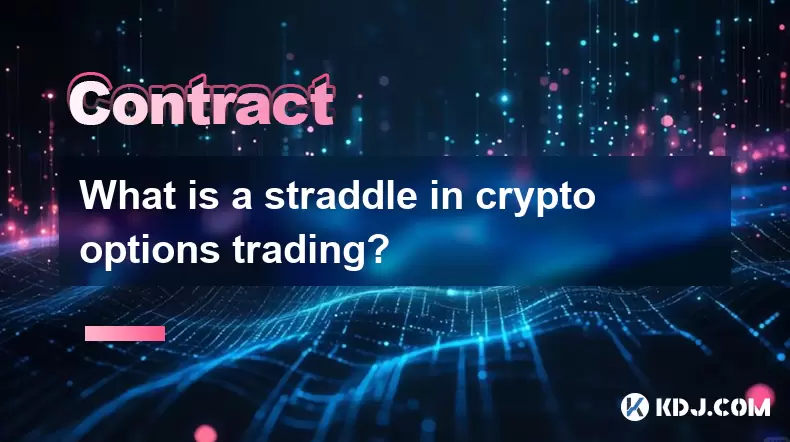
What is a straddle in crypto options trading?
Aug 07,2025 at 11:15pm
Understanding the Basics of a Straddle in Crypto OptionsA straddle is an options trading strategy used when a trader expects significant price movemen...
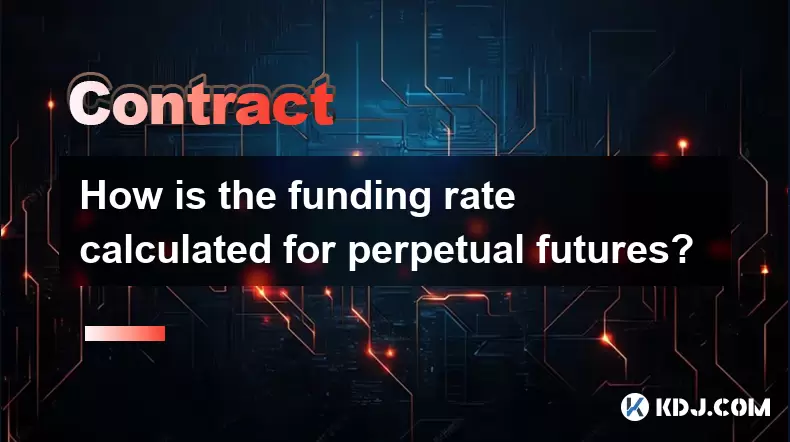
How is the funding rate calculated for perpetual futures?
Aug 07,2025 at 11:36pm
Understanding the Basics of Perpetual FuturesPerpetual futures are a type of derivative contract that does not have an expiration date, allowing trade...
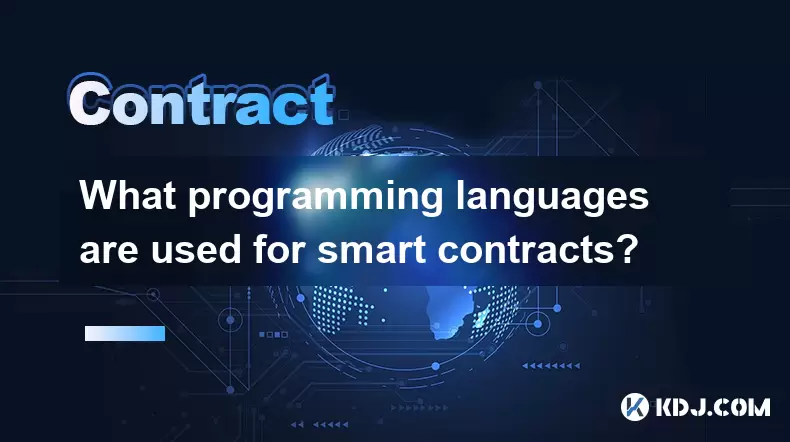
What programming languages are used for smart contracts?
Aug 07,2025 at 06:07pm
Understanding Smart Contracts and Their Execution EnvironmentSmart contracts are self-executing programs deployed on blockchain networks that automati...

What is a short position in crypto contracts?
Aug 07,2025 at 11:42pm
Understanding the Concept of a Short Position in Crypto ContractsA short position in crypto contracts refers to a trading strategy where a trader prof...
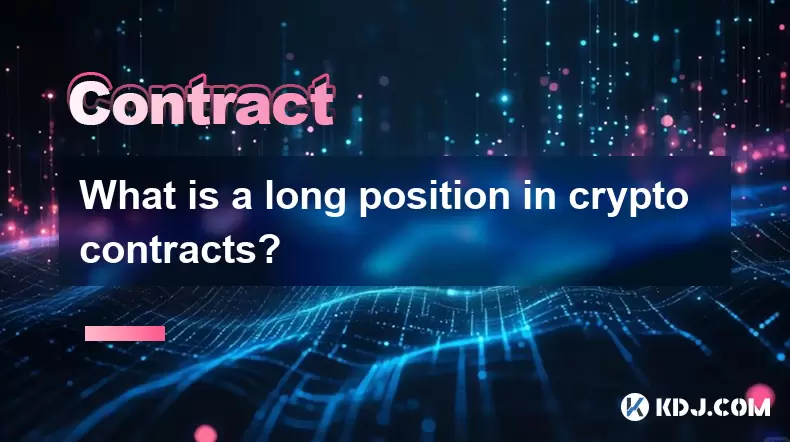
What is a long position in crypto contracts?
Aug 07,2025 at 06:29pm
Understanding the Concept of a Long Position in Crypto ContractsA long position in crypto contracts refers to a trading strategy where a trader buys a...

What triggers a liquidation event on a Coinbase futures position?
Aug 08,2025 at 01:15am
Understanding Futures Contracts on CoinbaseFutures contracts on Coinbase allow traders to speculate on the future price of a cryptocurrency, such as B...

What is a straddle in crypto options trading?
Aug 07,2025 at 11:15pm
Understanding the Basics of a Straddle in Crypto OptionsA straddle is an options trading strategy used when a trader expects significant price movemen...

How is the funding rate calculated for perpetual futures?
Aug 07,2025 at 11:36pm
Understanding the Basics of Perpetual FuturesPerpetual futures are a type of derivative contract that does not have an expiration date, allowing trade...

What programming languages are used for smart contracts?
Aug 07,2025 at 06:07pm
Understanding Smart Contracts and Their Execution EnvironmentSmart contracts are self-executing programs deployed on blockchain networks that automati...

What is a short position in crypto contracts?
Aug 07,2025 at 11:42pm
Understanding the Concept of a Short Position in Crypto ContractsA short position in crypto contracts refers to a trading strategy where a trader prof...

What is a long position in crypto contracts?
Aug 07,2025 at 06:29pm
Understanding the Concept of a Long Position in Crypto ContractsA long position in crypto contracts refers to a trading strategy where a trader buys a...
See all articles

























































































